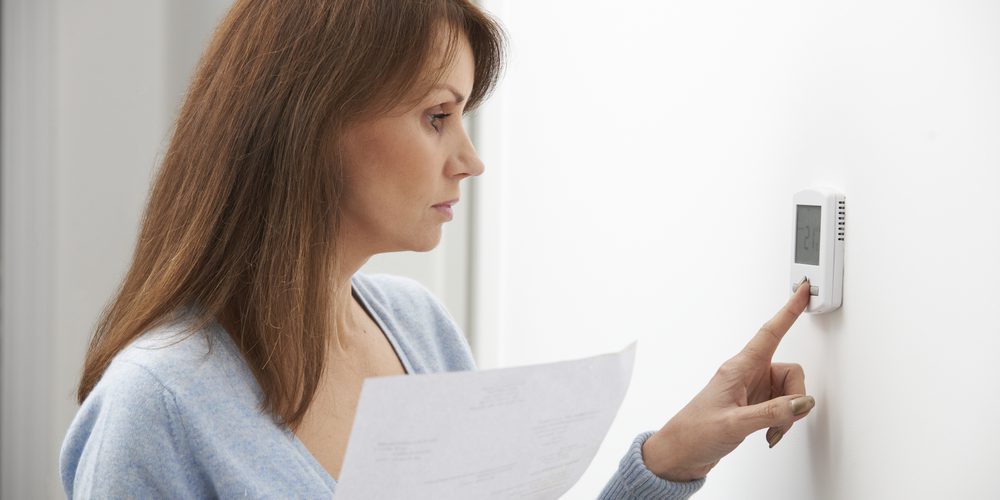If you qualify for help from the Low Income Home Energy Assistance Program (LIHEAP), and you can achieve just that.
Do you get sticker shock every time you look at your energy bill? If you’re like most, you probably do, especially during the summer or winter months. Why? Blame it on extreme cold or heat that makes your heating and cooling costs skyrocket.
The bigger your utility bills, the less money you have for other things, which is why reducing them is a must. Of course, this can be easier said than done if you don’t want to live in discomfort.
So, other than not using your furnace or AC, what are your other options to pay less for electricity? You could install blinds, insulation, or ceiling fans, or you could see if you qualify for LIHEAP.
What does it take to get energy bill assistance from this government program? We’ll dive into that now.
What Does LIHEAP Cover?
Contrary to popular belief, LIHEAP doesn’t really cover your entire energy bill. Instead, it aims to pay for whatever your cooling or heating costs are. This means that unless there’s a direct connection between your cooling or heating systems and your water/sewer bill, they will not be paid by the program.
With that being said, LIHEAP does cover some home improvements related to heating and cooling that can help keep those costs low well into the future.
For instance, you may find that your home is not energy efficient. It may have doors or windows that aren’t properly sealed, and this is letting cold or warm air leak out of the house, which increases the workload of your AC or furnace.
To fix this issue and cut those costs, LIHEAP, depending on where you live, could pay for you to seal your doors or windows. They may also pay for insulation installation, or even help you repair or replace your AC or furnace.
How Much Money Can You Make and Still Qualify for LIHEAP?
Although the federal government presides over the program, each state which administers LIHEAP has its own rules. On average, you can’t make more than 150% of the federal poverty level. A state median poverty level may also be taken into account to determine eligibility.
To see where you stand, contact your local office.
Will Receiving Other Government Benefits Disqualify You?
Luckily, receiving other forms of government assistance will not prevent you from receiving LIHEAP, as the opposite is true. Receiving aid from SNAP, SSI, TANF, or Veteran’s benefits may help you qualify automatically for the program.
If you live in subsidized/public housing and are renting, you may qualify for LIHEAP as well.
How to Begin the LIHEAP Application Process
While this short guide is meant to help you learn more about LIHEAP and what it requires, you’ll find all of the answers you’re looking for by communicating directly with your local office. And since funds are limited, the sooner you contact them and begin applying, the better.




